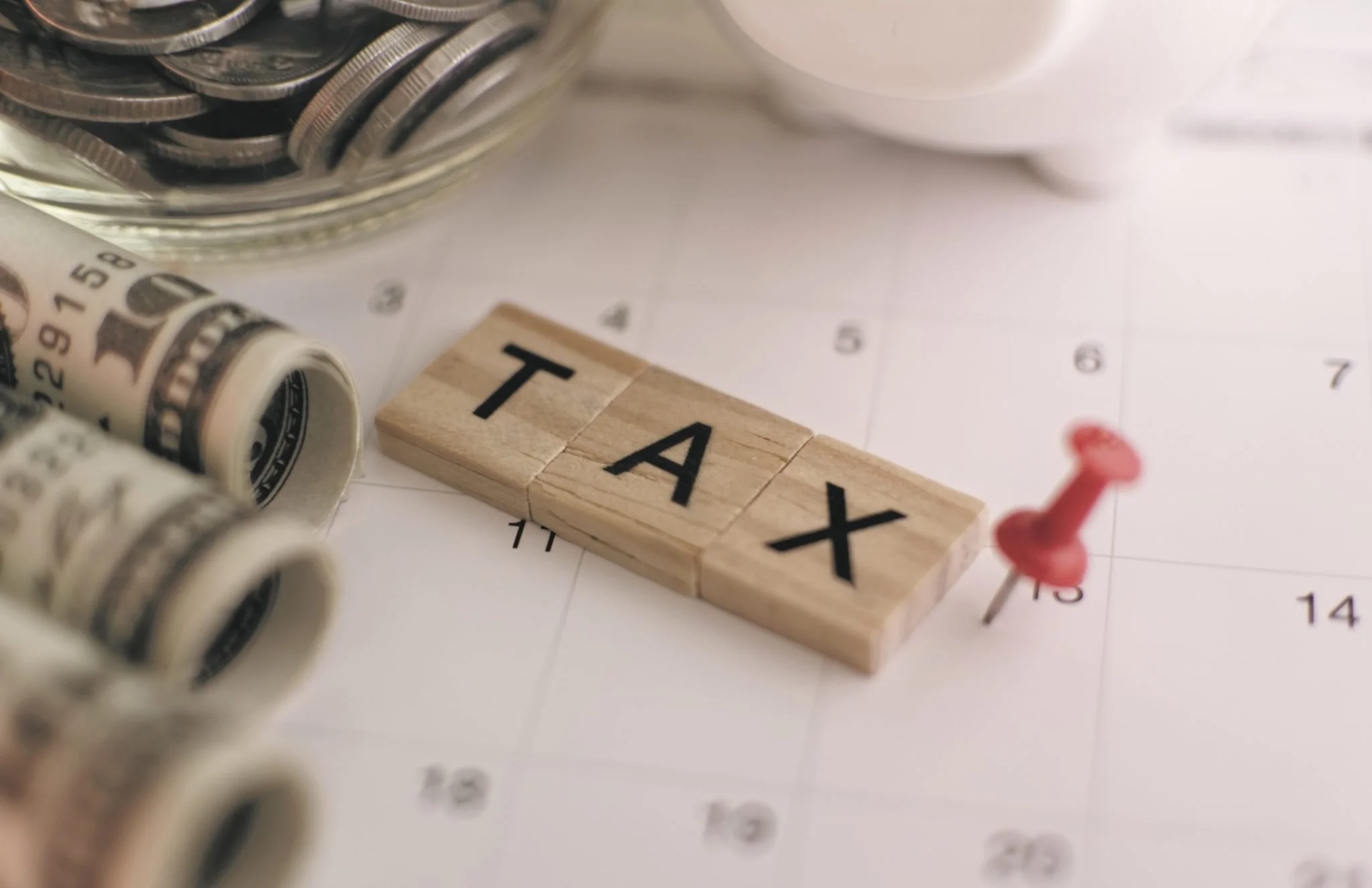Often in state government, policymakers are chipping away at the margins of public policy. Legislation is usually aimed toward tweaking small technocratic problems to try to deliver services better or fighting culture war battles to score points with interest groups. Too often these policies do little to nothing to help people.
So what would it take to really help people in a state like Ohio?
One way to think about this problem is to look at the problem of extreme poverty, defined as those living on under $2 a day in the United States — an international threshold for extreme poverty.
It seems unconscionable, right? Could people in Ohio really be living on under $2 a day?
According to the Center for Community Solutions, the leading human services think tank in Ohio, they are. In 2016, the Center estimated that between 184,000 and 198,000 Ohioans — or about 1 in every 60 state residents — is living on under $2 a day.
What would it take to bring these folks above this threshold? Providing $2 a day to each of these about 200,000 Ohioans would cost a little under $150 million a year. That’s not chump change, but how does it compare to other expenditures by the state? I wrote about how Franklin County could afford such a measure in Columbus Alive in 2019: Let’s see what that would look like to do something like this statewide.
One way to consider the size of this sort of program is to look at the state’s Tax Expenditure Report, a report that details the cost over 100 tax exemptions to the state tax code required by law to be estimated every other year by the Ohio Department of Taxation.
In Fiscal Year 2022, Ohio will spend nearly $9.2 billion on various tax exemptions to individuals and businesses within the state. Of these tax exemptions, 15 of them are on their own larger than the $150 million needed to end extreme poverty in the state. Let’s look at some of these exemptions the state gives.
The largest are various exemptions for property used to create products. Manufacturing property is written off in Ohio to a tune of $1.8 billion. Other large expenditures are write-offs for agricultural equipment ($290 million), sales to electricity providers ($270 million), and packaging ($250 million). The goal of these write-offs is to not tax production at two different places, but these huge expenditures show a $150 million expenditure to end extreme poverty is not unreasonable.
Another is sales to churches and certain non-profits ($700 million). Theoretically, some of this money should encourage antipoverty programs. But with this money we could end extreme poverty four times over in the state. Maybe an efficient use of funds, maybe not. Definitely a large use of funds.
We also give a large write-off for building and construction materials ($300 million), one for transportation of people and property ($260 million) and for motor vehicle trade-ins ($210 million). Ohio also gives write-offs for the first $1 million in taxable gross receipts for businesses ($230 million) and for distribution center receipts (also $230 million).
I’m not going to say all of these expenditures are bad. There are perfectly reasonable economic justifications for many of these expenditures. But in order to put a little grease in the wheels of Ohio’s economy, we’re able to spend more than $150 million on industry after industry, year after year. Why is it crazy to say we could do the same to end extreme poverty?

